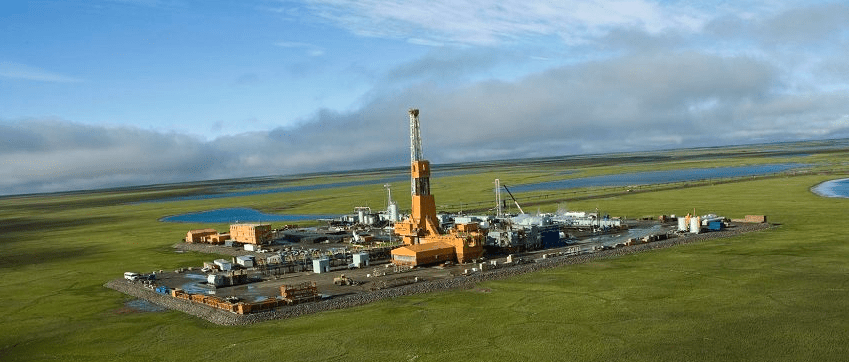COULD MEAN BILLIONS FOR STATE TREASURY
As promised last year, ConocoPhillips drilled five wells this winter — and then things were going so well, they drilled one more for good measure.
The company confirmed enough data to “support the previously announced estimate of a recoverable resource potential of at least 300 million barrels of oil,” at the Willow Discovery in the National Petroleum Reserve Alaska.
All six wells encountered oil and verified the potential of the lease that the company holds. A find of this significance should yield 100,000+ barrels of oil per day through the Trans Alaska Pipeline System for years to come.
The company said it will study the information and continue active exploration and appraisal wells in 2019.
ConocoPhillips has a 78 percent working interest in the discovery; Anadarko Petroleum Corporation holds a 22 percent interest.
The wells are within about 28 miles of the Alpine Central Facility. In fact, ConocoPhillips may find that the Willow Discovery is large enough to support its own standalone facility.
Initial production is projected for as early as 2023, if timely permits are received. When it comes online, such a sizable reservoir will generate enormous revenue for the State of Alaska, the North Slope Borough and the federal government. This was the biggest exploration season the company has had in 15 years.
Greater Willow has been moved by the Bureau of Land Management from the Greater Moose’s Tooth Unit to the Greater Bear’s Tooth Unit.
Among the achievements recently announced by the company is the longest well ever drilled in North America, which occurred at CD5 in the Alpine Unit. ConocoPhillips’ drilling record includes two state of Alaska drilling records at its CD5 drill site.
Notably, the company’s CD5-25 well set a North American land-based, well-drilling record for the longest horizontal lateral, at 21,748 feet. At over 4 miles, such drilling capability greatly reduces the size of the production footprint required for development of new fields, which in turn minimizes environmental impact.
